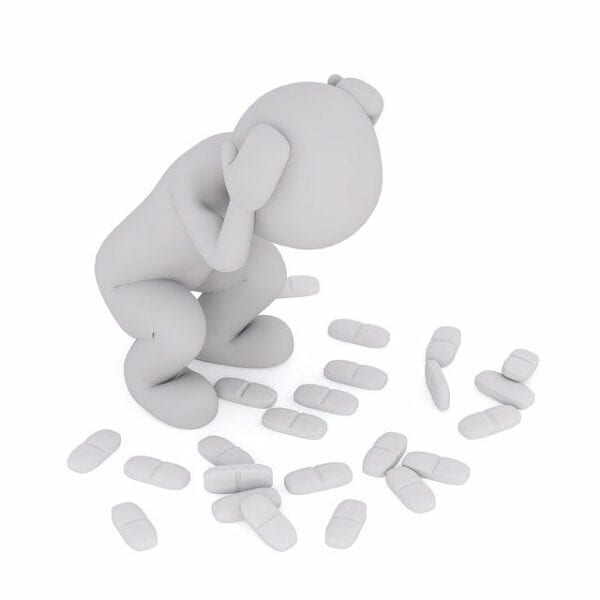I got asked a question the other day about spironolactone. Specifically, how common is gynecomastia with spironolactone? Before I answer that question, let’s take a look at some of the common clinical pearls with spironolactone.
Spironolactone classified as a potassium-sparing diuretic, so from that description, we know that we have to monitor for the risk of hyperkalemia. This is definitely something I’ve seen in clinical practice and that risk can escalate when we use it in combination with other agents that can raise potassium levels like ACE inhibitors or ARBs. There are less common medications that can cause hyperkalemia such as this interaction. Here’s a brief case scenario of how potassium can go up following the initiation of spironolactone. If you want more about the pharmacology of spironolactone, listen to this podcast episode.
Spironolactone has gained some traction over the last several years as an option in patients with resistant hypertension. I have personally seen it being used a little more for this reason. Most commonly, I see it used in patients with fluid status issues such as heart failure and ascites due to cirrhosis.
Now, what about the side effect of gynecomastia? Gynecomastia means that men can have the adverse effect of breast enlargement, swelling, and pain. How common is gynecomastia with spironolactone? From the package insert, the percentages range from 9-52%. Before you lose your mind over the 52% figure, be aware that this is a dose-dependent effect and as we escalate dosages above 150 mg per day, that’s where this frequency may come into play. I can tell you that I don’t often see dosages go much above 100 mg per day so I definitely do NOT see gynecomastia occur this frequently.
- 30 medication mistakes PDF
- 18+ Page Drug Interaction PDF
- 10 Commandments of Polypharmacy Webinar based on my experiences in clinical practice



0 Comments